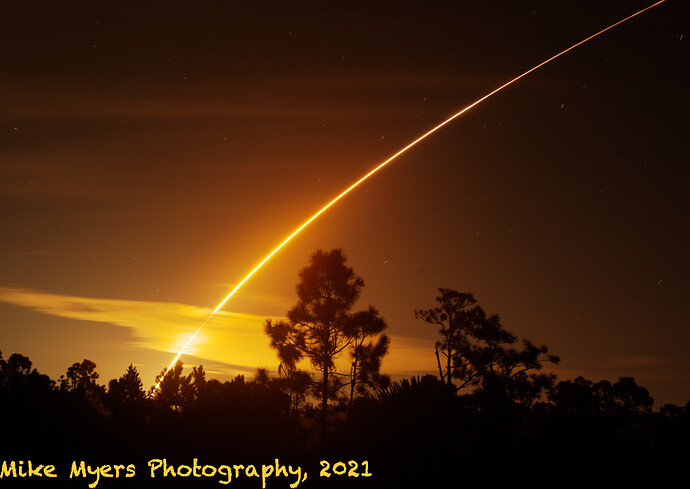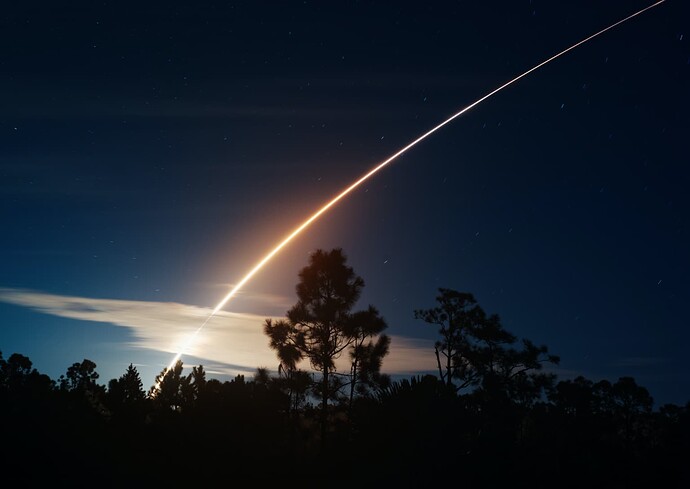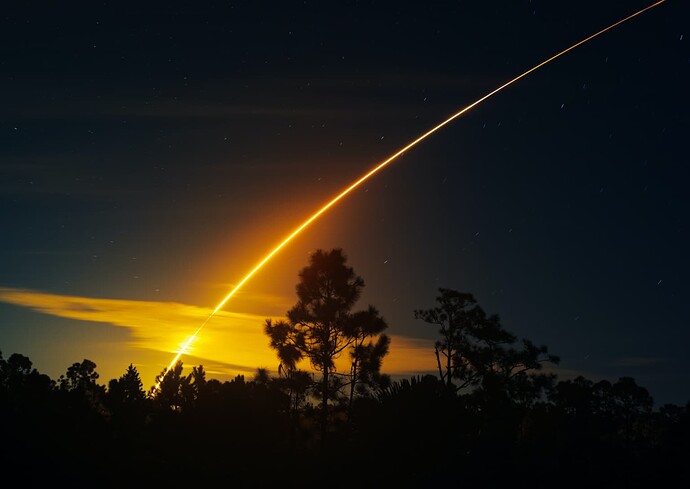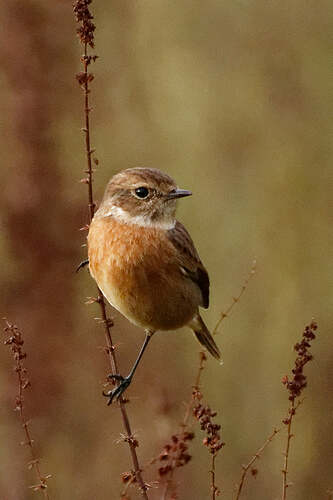Personally i am choosing sensorsize and stick to it wile collecting lenzes.
Because often good glass is better then a new body.
Changing a body does only something if it has better ergonomics, newer sensor, (noise, DR) or a certain feature you realy want.
So in that spirit of mind i bought a new lens…![]()
![]()
1 faster aperture then i have, 2 rendering image quality, 3 weatherproof. Equals:
Panasonic 35-100mm f2.8 ii ( i am dutch so second hand ![]() )
)
Fits between pl12-60mm f2.8-4 and lumix 100-300mmii, and is faster twin for the 14-140mm.
A nice winter wander lens. Freezeproof and internal zoom zo no pumping barrel so no rain moist sucking inside.
New body would bring 4Mp more, better ergonomics, more weight, faster memory writing, not enough for now to choose that.
(and new lens isn’t a new camera so financial director can’t call me a big spender… ![]() )
)
DxOMark’s sports rating mostly depends on ISO that can deliver good enough results.
Read more background information on dxomark.com.
Hi,
After too much brainstorming I chose the Z7ii.
Perfect fit for Z lenses.
Compared to the Z6ii it has more megapixels and it allows me to crop if I can not get close enough to the subject (I do not have a lens longer then 300mm yet).
Also I want to print my pictures, one day bigger than A3+. I do not shoot sports so I do not mind the lower burst rate.
The Z6ii has less megapixels -and as a result, a higher burst rate- but still far enough for most applications. This camera is a wonderful one to record videos and the sensor allows you to go higher in iso.
I am not really into video and with DeepPrime I do not mind loosing a bit of iso in the camera, so again, back to Z7ii.
You can see a comparison here.
I would not consider buying a Z6/Z7 because of their « smaller » processing chip. The second iterations (ii) are a nice step above.
As some mentioned here… if cost is not a problem, having fun is a must.
The Z9 is overkill but what a fun to see all this technology used for something good !
Ah, and rest assured… I have a LOT to learn before mastering the beast I got. I wish I did not have to sleep at night ![]()
Absolutely ! The choice is yours and yours only ![]()
Two quick thoughts - first, as of January, I’ll be able to spend the $$ to get a Z9 and an adapter for my current lenses, if I convince myself it’s a good idea. I’ve never looked through a Nikon Z, and I have the same concerns as Joanna. I know what I posted yesterday, but seeing is believing.
If “having fun” is a must, I have the most fun with my rangefinder cameras, not my DSLR cameras. On the “fun meter”, it’s no comparison. But, when the image gets posted here, it speaks for itself, and the “fun” (or lack of) is irrelevant. You have all taught me that my M10 is better than my M8, and my D750 is better than my M10, and a D850 would be even better, and a Z7 II would top everything on this list. I’m sure this is because I’ve used rangefinder cameras since the 1950’s, interrupted by what was most practical for what I wanted to photograph.
As to learning a camera, it seems like I go through this process every time I change from whatever I used yesterday, to what I use today.
Seriously though, I think the Z has revolutionized photography once again - does it even have a shutter?? - and if (a very big IF ) the viewfinder looks as natural as a DSlR, it’s only a matter of time before I get one.
Sorry Mike but whatever fine words they wrap around it, it’s still an EVF
Turn the setting OFF and both display a look more akin to what you’d get with an optical viewfinder
Well obviously but, with the ability to shoot at 120fps, it’s got to be electronic. In other words, it takes high-res video and you get to choose which frame to keep. And there I am trying my best to teach out photo club to to take shots in burst mode ![]()
And I would add - in all lighting conditions.
However you decide, first get the damned thing in Your hand to ‘see’ if you are going to like it.
And then you need new lenses. To combine a highresolution cam e.g. with a convenient walkaround zoom – I wouldn’t call that the right choice.
The electronic viewfinder on my Fuji X100f does not always look like the optical viewfinder. If I’m looking at a very dark scene, I just see the same very dark scene that I see with my eyes. BUT… The electronic viewfinder shows a much brighter scene that the camera is going to capture. If there is a black cat on the dark street, I won’t notice it with my eyes, or with the optical viewfinder, but the digital viewfinder will show it if my settings are correct.
Which is preferable?
I certainly agree with the first part, I have no intention of buying it if I don’t already know I want it. I suspect it will be just fine - based on the reviews I have been reading.
Lenses? No, I do NOT need or want new lenses. If I need new lenses for the Z camera, then Joanna needs new lenses for her D850, with similar 50-meg resolution For that matter, I don’t expect all my photos from then on will be shot at 50 megapixels. 24 is usually plenty.
To be truthful, I don’t think I need to buy anything new right now, new camera bodies included. Yeah, I’ve been dreaming, but there is that saying “be careful what you wish for, as it might come true”.
A friend of mine has a Z6 II. I’ll probably get to see it and check it out the next time we meet. I’m curious what it’s like, regardless of whether or not I ever buy one…
And if this ever does happen, I would rather get the smaller and lighter Z 7 II than the Z9.
Hi @mikemyers
Just to give you my experience here.
I’ve had some Nikon DSLR, the last one being the D850, with which I’ve been very satisfied, and seriously think that it could be my last camera buying.
Nevertheless, it si quite heavy and big, and from time to time, I was hesitating to bring this stuff, especially when walking for long time.
At the Z announcement I was quite dubious about the EVF like many, but having the same quality camera with less weight and smaller (yes not very less but enough to have a look at it).
I then go to my vendor in order to test especially this EVF and if it could be a showstopper to go forward.
Once I’ve had it in hand, first I was satisfied by the size and weight. I bring it outside to make some photos, and after that, going back to the vendor, I’ve realized that I’ve completely forgot to “test” the EVF. I’ve simply found any inconvenience using it. And now I appreciate to have directly the view of what I will have with the file.
And after 3 years, I’m still very happy with it, happy with the Z7 as I was happy with the D850.
This is only my own experience, and has no value for others and I don’t try to convince anyone reluctant to EVF.
I can just say, if you’re interested, take it in hand and test it. You alone knows if it will be convenient.
Patrick.
The KEH website is a dangerous place to visit - so much temptation…
https://www.keh.com/shop/nikon-z6ii-mirrorless-digital-camera-body-24-5mp.html
No, it’s going to wait for a bit. If I do spend that much $$$ then I might as well get the 50 meg model while I’m at it. …eventually. I’d love to read Joanna’s and Helen’s reactions to it, once they look through it.
I put some DXOMARK pages (selections) together, so it’s easier to compare stuff.
-
Nikon AF-S NIKKOR 24-85mm f/3.5-4.5G ED VR on Nikon D850 vs Nikon NIKKOR Z 24-70mm f/4 S on Nikon Z7 vs Nikon AF-S VR Zoom-Nikkor 24-120mm f/4G ED on Nikon D750
→ the 24-120mm (in the same league as your 24-85mm) shows the resolution on a D750
And of course there is much more than just this focal range.
Two thoughts - any comparisons with the D850 should be against the new Z 7 II, no the Z 6 II, both with around 50 megapixels.
I looked over your data, and since this thread is about dynamic range, that’s the graph I was most interested in. Based on the following graph, and with my not needing to make very large prints, the Z 6 II very likely would be a good fit for me:
Hmm, Joanna might have thoughts on this comparison, but from my point of view, 50 megapixels vs. 24 is less important than having the higher dynamic range, unless I’l shooting at very low ISO speeds.
There’s also around $1,000 or so difference between the cost of a Z6 II and a Z 7 II. With the lens adapter, the Z6 is $2150, compared to $3150.
I’ll file all this away for a while, as I’m not sure how much of a difference it will make in my photography, as in the images posted here - and for that matter, I think images from the 50-meg camera are likely to be too large to upload to this forum…
Interesting information in the lens comparisons… maybe in my next life. I prefer Leica lenses, that are small and light - but very expensive… ![]()
Back to high dynamic range.
Three months ago I posted an image here of a rocket launch, but all of you found an infinite number of problems. The tripod wasn’t very good, I had my hand on the camera which didn’t help, and on and on. That was a SpaceX rocket launch. This past Monday night there was to be a launch of a really huge rocket, a Saturn V, about 20 stories high.
I set up my new tripod, guessing at where to aim. I had the 50mm Voigtlander lens on my Leica M10. Exposure was ISO 400, f/8, and while I estimated it would be a little over 30 seconds exposure, it turned out to be much longer. Then of course the M10 did another equally long “exposure” to minimize noise. I’ll post the final result below.
On the one hand, I don’t know anything I could have done better. On the other hand, the middle of the “path of the flame” from the rocket had a thin line of burnt out pixels - but if I had lowered the exposure more, the ground might not look as good as it does.
That the rocket flew through the large cloud is a lucky break. I didn’t expect that.
As Joanna pointed out, when viewed at a large size, with a long exposure, stars become short white lines, not “dots” thanks to the earth’s rotation. Nothing I could do about this.
This was with my 50mm. I’m thinking that next time I might try a 35mm lens, to see a bit more of the rocket’s path. I’m not sure if the “fog” on either side of the rocket path is “lens flare”, or particles in the sky that got lit up by the very bright flame from the rocket…
L1003682 | 2021-12-07.dng (24.0 MB)
L1003682 | 2021-12-07.dng.dop (12.4 KB)
Not much to add to the discussion beyond looking into whether Nikon do a scheme like Fuji whereby you can borrow/hire a body/lens to try.
I do however think the picture looks great and wouldn’t be unpleased with that myself.
Only thing I would personally consider trying is a version with the ‘slight’ star trails ‘healed’ to remove them completely from the image and thus go ‘starless’ as for me they are on the verge of becoming a distraction from the main image.
Just downloaded your files and ‘healing’ stars might take a while and I’m short on time, but removing the most visually obvious ones improves it straight away in my opinion. Along the top edge in the ‘dark’ sky they appear to be less of a trail and id be more inclined to leave those.
Anyway. Just a thought that you may want to investigate and if I get more time ill have a go but it’ll be several days so you may have long moved on by then!
Looks like you have a few dust spots going on too so might be worth a clean. Look between the two tress and again just above the ‘centre line’ on the left hand side in the cloud.
I would call that an excellent shot, as well exposed as could be expected. I think the “flare” is simply stuff like dust in the atmosphere. In theory, you could have reduced the aperture to something like f/16 or f/22 to avoid so much flare but, to my mind, what you’ve done gives it much more “Ooomphh”
As for the stars - they are what they are - a 2 minute exposure of star tails as a backdrop to the rocket trail - I like it.
However, I looked up a few steps of photographers who specialise in this kind of thing and found the majority tend to render them with a much lower white balance. Here it is at 2500°K…
And here is the DOP…
L1003682 | 2021-12-07.dng.dop (26,7 Ko)
Definitely works at that temperature and I’d say the star trails look less distracting (to me at least) although personally I’d still remove most/some at least as a test to see but certainly that looks better to my eyes at 2500k.
The two more prominent trees ‘pop’ out more too.
How did you ‘see’ it @mikemyers?
Was it cooler or warmer like the camera captured albeit accentuated by the longer exposure?
Not that it ultimately matters unless you want the most realistic interpretation.
I saw the slow explosion of a golden color that grew and grew until the rocket flew out of it. It looked even warmer than my photo. My photo was left as-is. I tried to warm it up more but gave up. This is what my eyes saw. Everything happened in slow motion.
Added later - before I ever saw the rocket, the whole area above the spot where the rocket was coming from lit up in a golden color, that kept growing, probably as Joanna explained from the “glow” created by particles in the air, like what we see on either side of the rocket trail. That was real - the “cooler” image posted up above is not what I saw. In fact, my photo is less colorful than what I saw - but it ought to be a fairly accurate recording? My Leica is also set to the correct color temperature for “daylight”.
Stars - I would rather have people finding those slightly curved lines distracting, and asking me about them, than telling me my photo was a fake because the stars were “dots”. I already had one person fascinated about this, once he understood what they were, and why.
I was wondering about that - I just settled at ISO 400, f/8 and however long it took for the rocket to get to where it was out of the image frame. The lens was the Voigtlander that everyone seems to like so much. I figure it’s the best 50mm I own for the M10.
I think you’re right about the “Oomph”, but part of me feels I should have done what you suggested. Maybe next time I’ll try the same settings, but f/11.
The most important change I made was to get a perfect tripod. On a scale of 1 to 10, I’ll rate it a “25”. So many things I like about it, including how easy it is to mount and remove the camera. If feels “rock steady”. With the cable release, my hand had no effect on the camera/tripod. Your suggestion was a winner, and as a bonus it’s so light and easy to carry around.
I haven’t had time to process them, but I’ve been taking landscape photos with the M10 and infrared photos with the M8.2, all on a tripod. Infrared exposures are 1/4 second typically, and I’ve been so tempted to bump the aperture up to f/5.6, giving me 1/8 second. There’s also a hawk sort of living here (we think it has a next next to my brother’s home) and I’ve been trying to get decent photos of it. With a 135 lens, I haven’t yet gotten close enough to get a satisfactory photo. Maybe tomorrow… Maybe my next visit.
Or was it? It’s astounding how much of what we claim to see can be affected by our eyes’ and brain’s ability to selectively analyse what is present before us. For example, our ability to “telescope” into a subject and then claim we can’t understand why the subject seems so small and indistinct in the frame when we see the resulting image.
But did it really affect the entire sky from horizon to horizon, or was it truly more localised?
Here is another version, where I have used a Control Line, over the entire frame, but 0 Chroma and 50 Luma selectivity to just warm up the rocket exhaust and its effect on the sky it was passing through…
This may not be perfectly according to your taste, but it is intended to show you what can be done.
I feel it allows the viewer to see that the sky is normally fairly “blue/black” whilst making the contrast between that and the orange “explosion”, which appears more distanced than if the whole image has the “wrong” white balance.
All this is totally subjective but it could be interesting for you to play with the mask selectivity to see what is possible.
Here is the DOP with the new version added in…
L1003682 | 2021-12-07.dng.dop (42,1 Ko)
I have a friend in the club photo and she uses a 150-600mm zoom for bird photography and she finds she still has to crop, sometimes quite strongly, to get a reasonable subject to frame ratio.
I’m sure she won’t mind if I share just one of her superb images…




